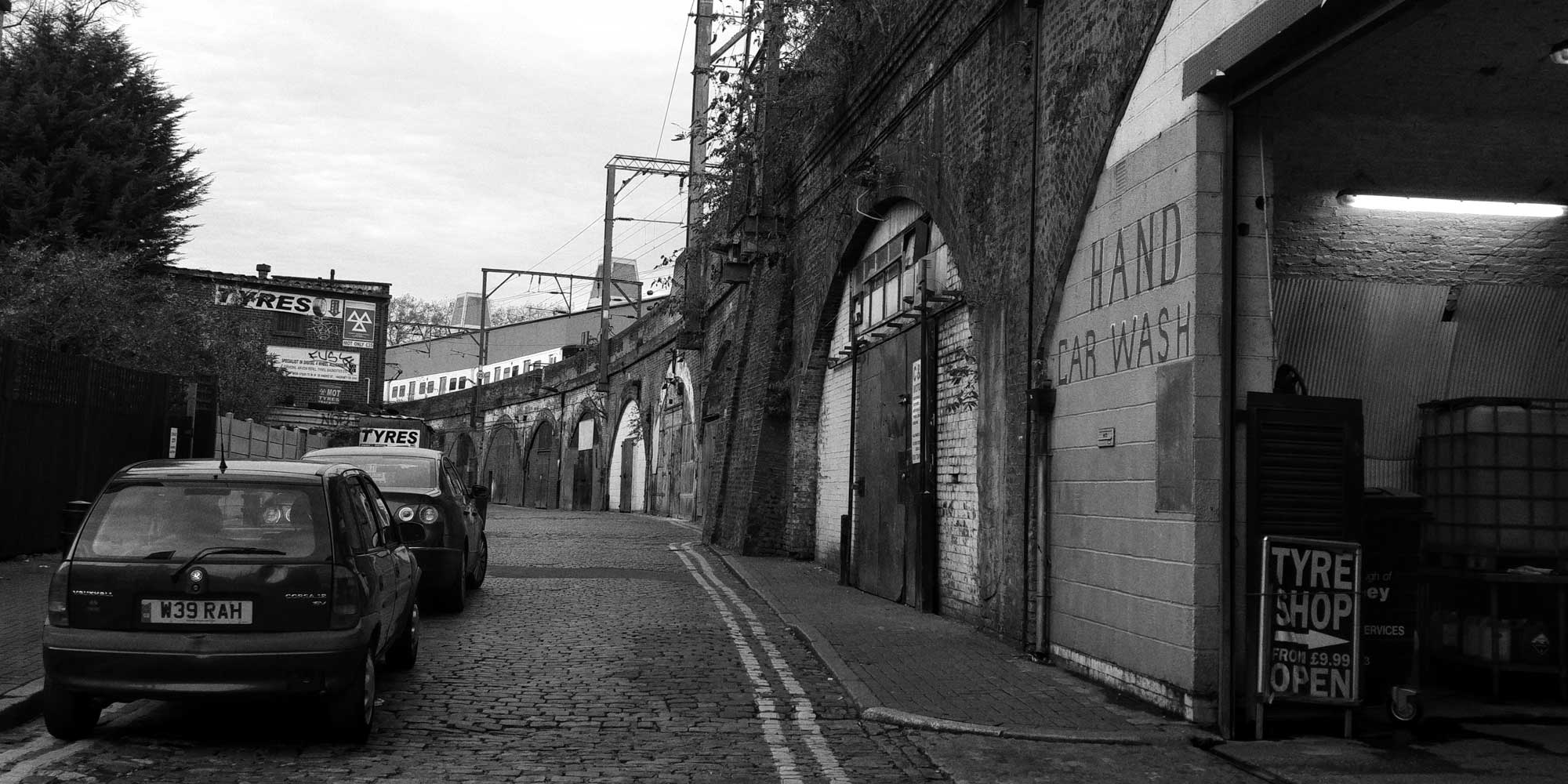Friday, 23rd July (with the 13th briefly), 2021


On my second visit to Cornhill, I decided that with only one goal (St Peters) I’d start off with a visit to the Royal Exchange. I’m pretty sure it was closed for a while since it’s a collection of high end shops and a Fortnum and Mason’s restaurant. The view of and from the main entrance has always been one of my favourites in The City.

I took the bus from Liverpool Street Station intending to get off just after the intersection, but the stop was quite a distance west. I stopped right outside the Bloomberg Arcade and it would have been tempting to spend some time there too, but if I don’t focus these days, my main destination slips my grasp. Best to hurry on, eyes averted from all the photo opps, and head directly for – in this case – the Royal Exchange.


I almost did it but I chose to travel on the back streets – Bucklersbury, St Stephens Row and Mansion House Place – and got a tiny bit distracted along the way…




The Royal Exchange is a fantastic building. It looks so impressive and when I first stepped inside many years ago, I was surprised to see that it was really a shopping mall, but a high end one with Tiffany’s, Hermes, Aspinall, Jo Malone, and Fortnum & Mason occupying some of its space. This year it is celebrating its 450th anniversary.
There’s a lot of history in this building so here are some of the highlights.
The original Royal Exchange, a trading floor, was opened by Queen Elizabeth I in 1571. Thomas Gresham, an English merchant and financier, added two additional floors of shops to the original trading floor creating Britain’s first shopping mall in 1660. Only six years later the Great Fire destroyed the building and in 1669 a second site was opened this time with merchants and brokers. In 1838 it was again destroyed by a fire on Lombard Street. In 1844 Sir William Tite won an architectural competition to design the third (and current) Royal Exchange. He reverted to the original layout and included an imposing, eight-column entrance inspired by the Pantheon in Rome. The building was officially opened by Queen Victoria in 1844.
To more modern times – in the 1980s, The Royal Exchange briefly became a trading floor again, and the roof was replaced. In 2001 the Grade I-listed building was extensively remodelled by architects Aukett Fitzroy Robinson, and was transformed into a luxury shopping and dining destination. Though an entirely different building from his original design, the modern-day The Royal Exchange pays homage to its founder in its gilded copper grasshopper weathervane – a symbol taken from the Gresham family crest.





If you stand at the entrance, there’s a great view towards central London. Right now it isn’t as wonderful as it was. So much is lost by Fortnum and Mason’s bow to the pandemic outdoor terrace and its patio umbrellas.



If the exterior is impressive, the interior is just as eyecatching, if not more. The F&M colour scheme rules these days and some of the shops haven’t reopened since closing for the first lockdown, but the overall effect is beautiful.










While the entrance is stunning, the exit is breathtaking. I love this doorway – again, very Italian – in the back foyer is a statue memorial to Abraham Lincoln, and I was very amused by the nod to Panto on the red window at the other side. The statue itself has a contemporary feel, but is dated 1930.






Through the doors is a patio-alley called Royal Exchange and, just as you exit, there’s a memorial to Paul Reuter placed here in 1976



Not on the same day, but part of my Cornhill exploration included a brief visit to Leadenhall Market. I went there because Walthamstowe’s God’s Own Junkyard had a display of neon signs there, and it’s ending soon. I’ve talked about the market before. These days the franchises are regrettably taking over and it feels more like a food court, but the structure is magnificent.
Let’s briefly say that it dates back to the 14th century and was the centre of Roman London. It was originally a meat, poultry and game market. I believe the last butcher (Butcher & Edmonds?) left during the pandemic and I think taken the heritage with them.




There are so many photos to take and I’m always sure I will remember what is where or at least the order I see them in, but my brain is not logical enough and sometimes I just embrace this. In that vein, here’s a photo of a probably history-rich detail that I may or may not rediscover one day, perhaps on Cornhill. It serves as a reminder that there’s just so much to take in during any one walk in The City.

